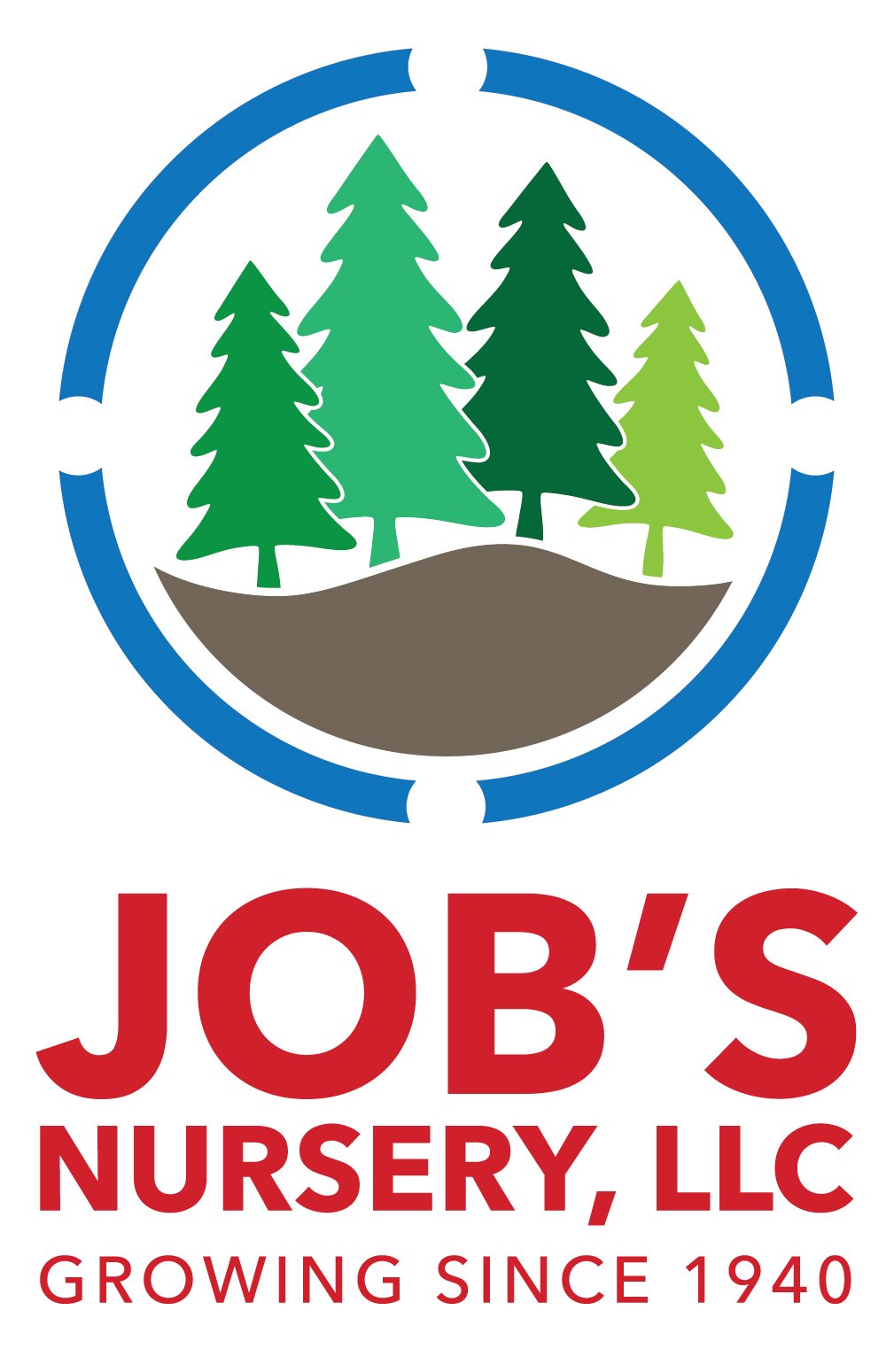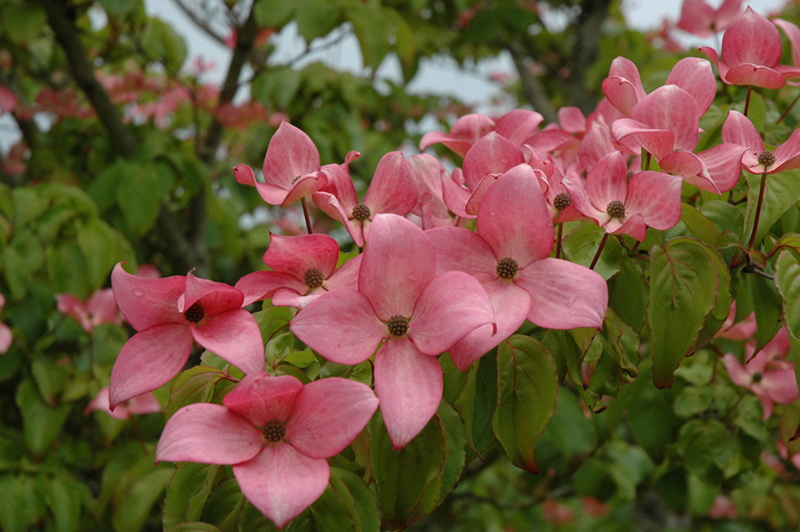Dogwood Tree, Scarlet Fire Cornus kousa 'Rutpink' Height: 25 feet Spread: 20 feet
Sunlight:
Hardiness Zone: 5a Other Names: Kousa Dogwood Brand: Rutgers University Description: A heavily flowering selection, featuring long lasting deep rose-pink blooms that cover it in spring; foliage turns a rich red in the fall; a vigorous grower with clean, disease resistant foliage. Needs wind protection. Ornamental Features Dogwood Tree, Scarlet Fire is smothered in stunning clusters of rose flowers with pink overtones and scarlet edges held atop the branches from mid spring to early summer. It has attractive green foliage with rose veins. The glossy pointy leaves are highly ornamental and turn an outstanding red in the fall. It produces pink berries with red hints from early to mid fall. The fruit can be messy if allowed to drop on the lawn or walkways, and may require occasional clean-up. The peeling gray bark and antique red branches are extremely showy and add significant winter interest. Landscape Attributes Dogwood Tree, Scarlet Fire is a deciduous tree with an upright spreading habit of growth. Its average texture blends into the landscape, but can be balanced by one or two finer or coarser trees or shrubs for an effective composition. This tree will require occasional maintenance and upkeep, and should only be pruned after flowering to avoid removing any of the current season's flowers. It is a good choice for attracting birds to your yard. It has no significant negative characteristics. Dogwood Tree, Scarlet Fire is recommended for the following landscape applications; Planting & Growing Dogwood Tree, Scarlet Fire will grow to be about 25 feet tall at maturity, with a spread of 20 feet. It has a high canopy with a typical clearance of 6 feet from the ground, and should not be planted underneath power lines. As it matures, the lower branches of this tree can be strategically removed to create a high enough canopy to support unobstructed human traffic underneath. It grows at a slow rate, and under ideal conditions can be expected to live for 80 years or more. This tree should be grown in a location with partial shade and which is shaded from the hot afternoon sun. It does best in average to evenly moist conditions, but will not tolerate standing water. This plant should be periodically fertilized throughout the active growing season with a specially-formulated acidic fertilizer. It is not particular as to soil type, but has a definite preference for acidic soils. It is somewhat tolerant of urban pollution, and will benefit from being planted in a relatively sheltered location. Consider applying a thick mulch around the root zone in both summer and winter to conserve soil moisture and protect it in exposed locations or colder microclimates. This is a selected variety of a species not originally from North America. Special Attributes Dogwood trees are under story trees that grow best in an established neighborhood that provides heat and wind protection from larger trees; it also requires well-drained acidic soils and adequate precipitation.The fruit is approximately 1 to 1 1/2 inch berries turning pinkish red in the fall, generally eaten by birds. All Cornus are classified as nontoxic plants.![]()
![]()
![]()
![]()
![]()
![]()
![]()
![]()
![]()
![]()
![]()
![]()
![]()
![]()
![]()

